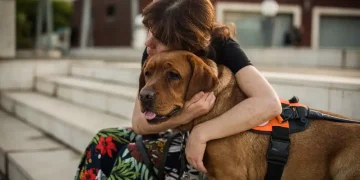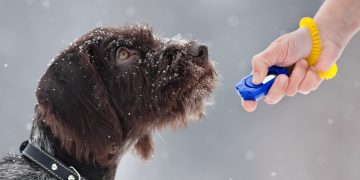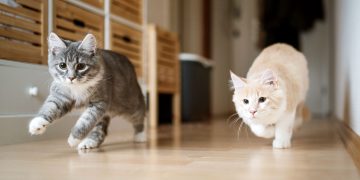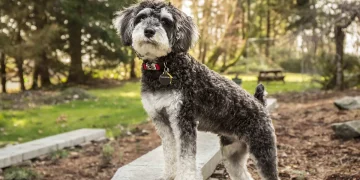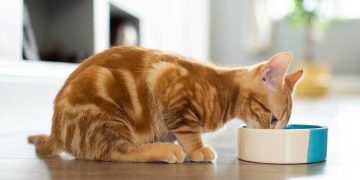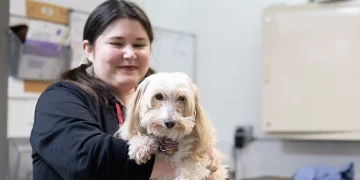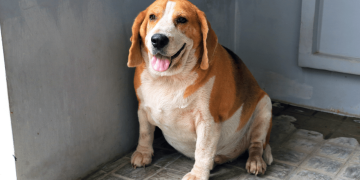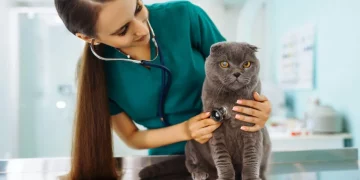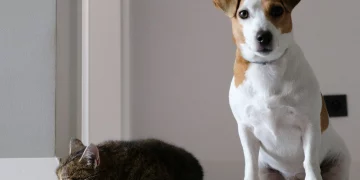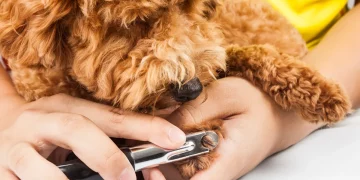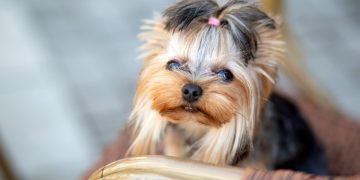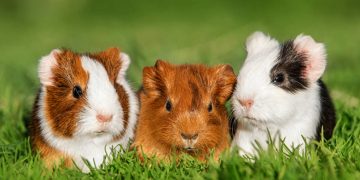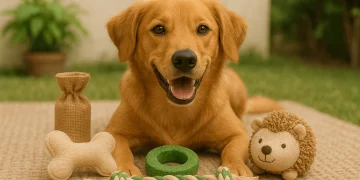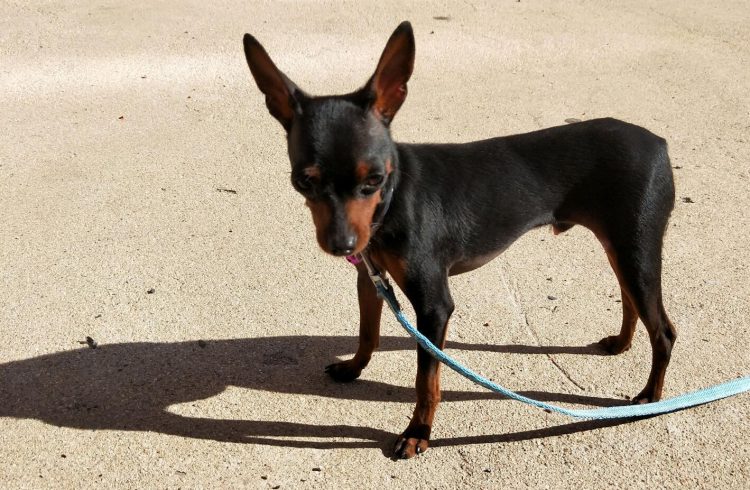The Tailless Enigma of Doberman Pinschers
It’s a common sight in the world of Doberman Pinschers—elegant canines with sleek silhouettes, each moving with a distinctive gait, yet something is conspicuously absent: the tail. The Doberman, born with a tail, often undergoes a transformation early in life that leads to its tailless appearance—a hallmark of the breed’s silhouette that many have come to recognize.
Docking: A Practice of Contour
The Doberman Pinscher arrives into the world complete with a tail, but due to breed standards that favor a particular body shape, the tail is traditionally docked shortly after birth. This procedure is typically carried out when the puppies are between one to two weeks old, using a method that involves the tying off of the tail with a string, allowing it to naturally atrophy and fall off without causing pain to the puppy.
To Dock or Not to Dock?
While the practice of docking is ingrained in the tradition of Doberman Pinscher presentation, it’s essential to note that these dogs are indeed born with tails. The breed standard calls for a high-set tail that is customarily docked at an appropriate length.
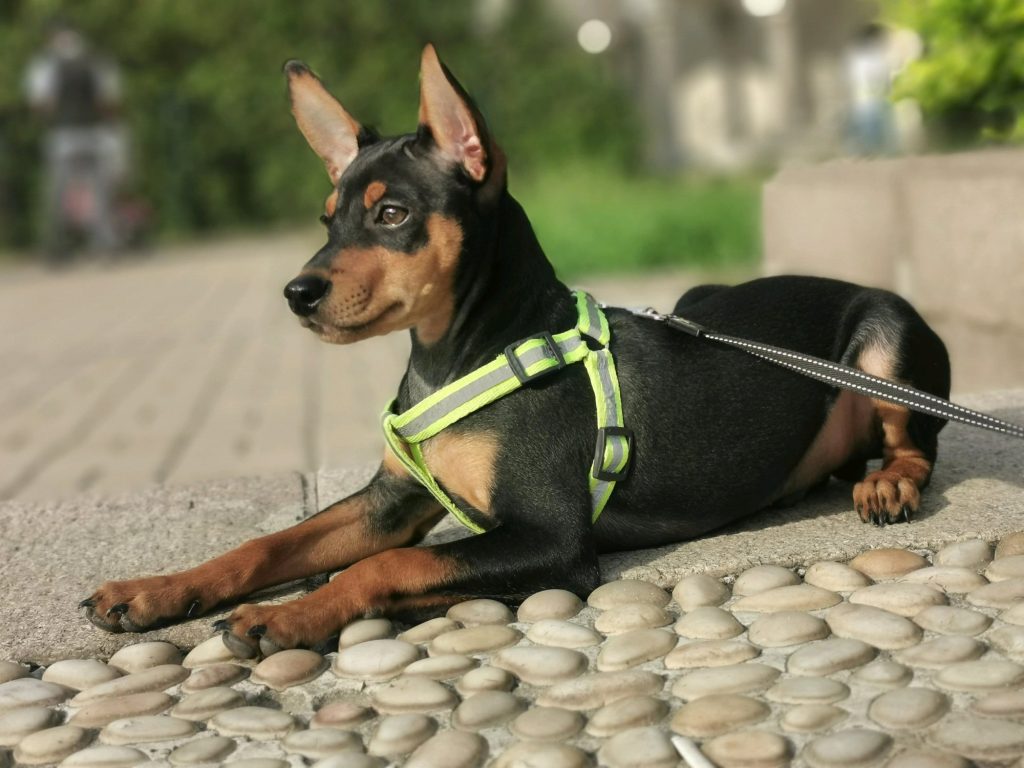
The Doberman Pinscher: A Study in Canine Form
The Doberman Pinscher is a breed that exudes grace. Its neck arches slightly, creating a fluid transition from head to body, muscular yet free of any excess flesh or folds. The backline remains horizontal or slightly sloped when the Doberman stands or moves.
Forequarters and Hindquarters: The Foundation of Movement
The shoulders of a Doberman are clean and sloped at an angle that complements the rest of the body, with elbows that sit close to the torso. The bones of the legs are strong and well-knit, with sturdy and straight pasterns. The paws are small, resembling those of a cat, with strong, arched toes, thick pads, and blunt nails.
The hindquarters mirror this strength, with well-developed muscles and clear definition in the knee joints. The hocks are short and set at the right distance, ensuring powerful movement. The paws maintain the cat-like shape, contributing to the breed’s agile and graceful movement.
Coat and Color: The Doberman’s Cloak
The coat of a Doberman Pinscher is smooth, short, and hard, lying flat against the body and boasting a lustrous sheen. Pure red and stag red, which includes a mix of red and black hairs, are among the colors that adorn this breed.
Gait: The Signature Stride
The Doberman moves with parallel action in its fore and hind limbs, neither turning in nor out. The breed’s gait is reminiscent of a horse’s trot, with front legs lifting high and paws flexing, moving freely and with ease. The motion is fluid, driven by a powerful hindquarters that propel the Doberman forward.




